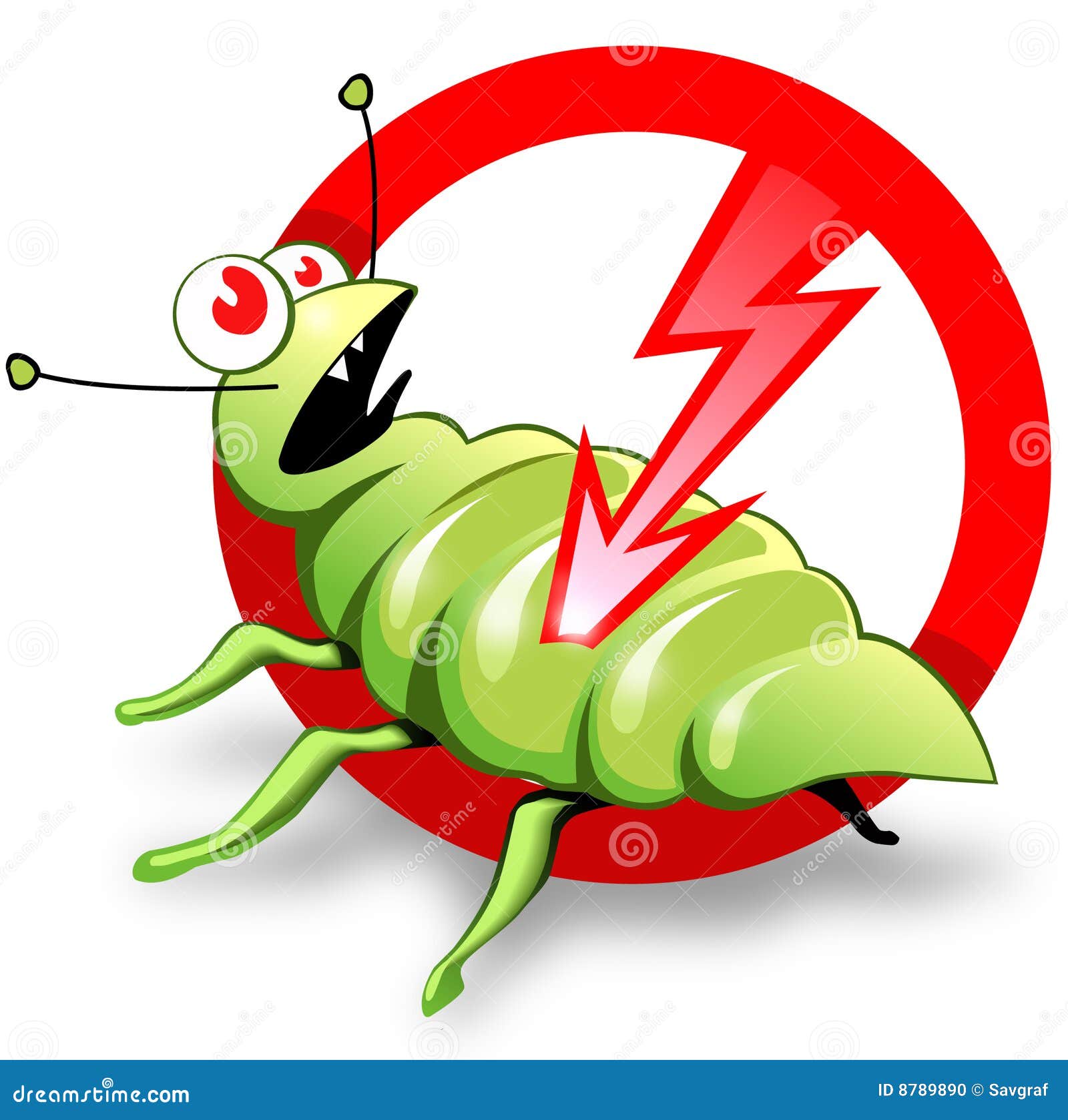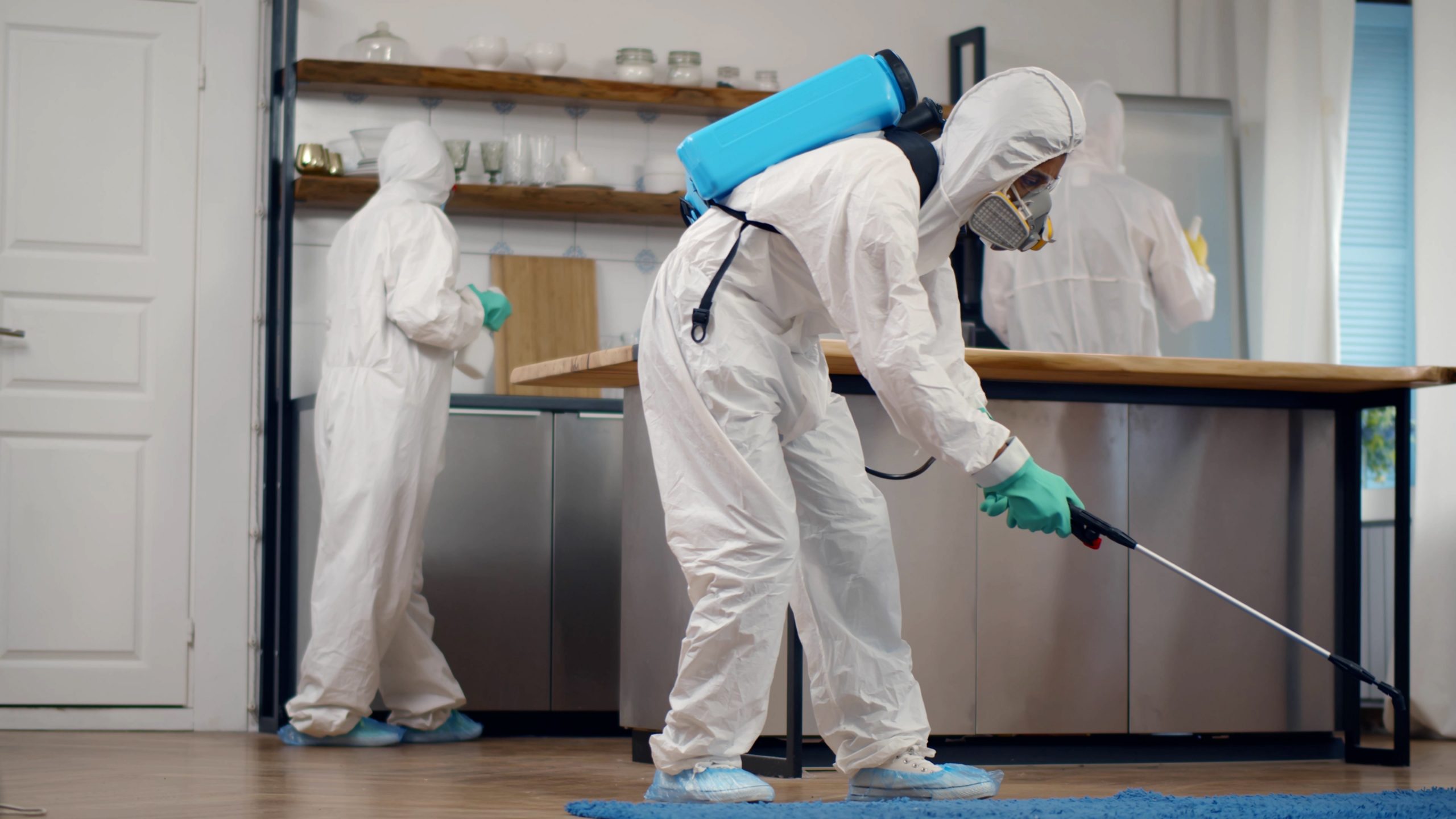Cutting-edge Bug Control Methods for Securing Your Home From Wildlife
As city locations broaden, the interaction between human environments and wild animals ends up being increasingly complex, demanding ingenious bug control strategies to efficiently secure property. Using innovative modern technologies such as motion-activated deterrents and thermal imaging can substantially improve monitoring and feedback methods. On the other hand, natural repellents and environment modification deal green options to conventional methods. The efficiency of these strategies is commonly contingent on a deeper understanding of wildlife habits and area participation. This multifaceted strategy raises crucial concerns concerning sustainable coexistence and the lasting implications of our bug control choices. What options might arise from this developing landscape?
Understanding Wild Animals Habits
(Exterior Pest Control Service In Charlotte County)Recognizing wildlife actions is critical for effective pest control techniques. By understanding just how different types engage with their setting, we can develop targeted techniques that decrease human-wildlife conflicts. Animals frequently display predictable patterns based upon their demands for food, shelter, and recreation. Identifying these patterns permits insect control professionals to anticipate wild animals activities and establish safety nets.

Additionally, the social frameworks and territorial behaviors of certain varieties, such as raccoons or deer, can educate control strategies. By utilizing this understanding, parasite control can be adapted to be extra gentle and efficient, promoting coexistence as opposed to eradication. Ultimately, a thorough understanding of wild animals actions not just assists in reducing pest issues yet additionally promotes a balanced relationship in between people and nature.
High-Tech Deterrents
The integration of sophisticated deterrents into parasite control methods offers cutting-edge services that build on insights obtained from wildlife actions. These sophisticated modern technologies take advantage of various techniques to develop an atmosphere that is inhospitable to unwanted parasites while minimizing harm to non-target species and the environment.
One promising technique is making use of motion-activated devices that give off audios or lights. These tools are made to simulate all-natural killers or produce disruptions that hinder wild animals from going into certain locations. Ultrasonic repellents can disorient animals, making them much less most likely to approach homes or gardens.
Furthermore, thermal imaging modern technology allows residential property proprietors to spot animal task prior to substantial damages takes place. By recognizing hotspots of wildlife presence, preventative steps can be carried out tactically. One more noteworthy advancement is using smart traps that can alert homeowners when they capture an animal, allowing timely and gentle elimination.
Additionally, incorporating these modern remedies with existing parasite control techniques boosts general efficiency. By utilizing information analytics, property proprietors can continuously keep track of wildlife interactions and adjust their techniques appropriately, guaranteeing a positive method to pest management that safeguards their homes successfully.

Natural Repellents
Natural repellents offer an environmentally friendly option to chemical pesticides, efficiently deterring bugs while preserving environmental stability. These compounds, obtained from plants, vital oils, or other natural sources, can give a sustainable remedy for handling undesirable wild animals without the damaging results connected with artificial chemicals.
(Wildlife Removal)Common all-natural repellents include pepper mint oil, citronella, and garlic, each having one-of-a-kind properties that fend off certain bugs. For circumstances, pepper mint oil is recognized to deter rodents, while citronella works against mosquitoes. Additionally, diatomaceous earth, a natural powder made from fossilized algae, can be sprinkled around gardens to deter creeping pests without damaging beneficial microorganisms.
The application of all-natural repellents is uncomplicated, usually calling for straightforward dilution with water for sprays or straight application to influenced locations. Routine reapplication may be required, particularly after rain or heavy winds, to maintain effectiveness.
Including these all-natural techniques right into pest administration approaches not just protects residential property but additionally advertises biodiversity, ensuring that non-target varieties are not detrimentally affected. Pest control service. By selecting all-natural repellents, home proprietors can attain a well balanced strategy to pest control that straightens with their ecological worths
Environment Adjustment
Effective habitat modification works as a crucial strategy in pest control, dealing with the underlying conditions that bring in undesirable insects. By changing the setting to make it much less hospitable to wildlife, residential or commercial property owners can substantially minimize the possibility of infestations. This process entails numerous key practices, consisting of the elimination of prospective food sources, water, and shelter that pests may exploit.
One effective approach is to maintain a clean landscape, that includes normal grass upkeep and the elimination of debris such as dropped leaves, old wood, and clutter. In addition, making certain that rubbish is securely saved in pest-proof containers can discourage rats and insects from foraging for food.
One more important visit element of environment modification is the calculated positioning of plants. Selecting native varieties that are less attractive to bugs can help preserve a well balanced ecosystem while lowering the possibility of undesirable wild animals. Additionally, securing access points around the home, such as gaps in doors and windows, avoids bugs from locating shelter inside.
Eventually, effective habitat modification not just boosts pest control efforts yet likewise promotes a healthier environment for both home owners and local wild animals.
Area Participation
Neighborhood involvement plays an important role in amplifying the performance of bug control efforts. Engaging local homeowners promotes a sense of common duty, motivating individuals to get involved proactively in the prevention and management of wildlife-related concerns. When neighborhoods collaborate, they can implement thorough methods that not only address prompt worries however also develop long-term remedies.
Curriculum are important in this context, as they inform citizens about the relevance of preserving clean settings and the impact of human tasks on regional wild animals. Workshops and informative sessions can equip area members with valuable expertise on ideal techniques for pest prevention, including proper waste disposal and environment alteration methods.
Moreover, community-driven initiatives, such as area clean-up days or the facility of wildlife-friendly zones, can substantially reduce bug populaces. By promoting open communication and collaboration among homeowners, neighborhood governments, and bug control specialists, communities can create tailored methods that resolve specific regional obstacles.
Conclusion
In conclusion, carrying out cutting-edge insect control methods is essential for efficient wild animals management on homes - Pest control service. By adopting an extensive technique, property owners can accomplish an equilibrium in between guarding their premises and promoting ecological harmony.